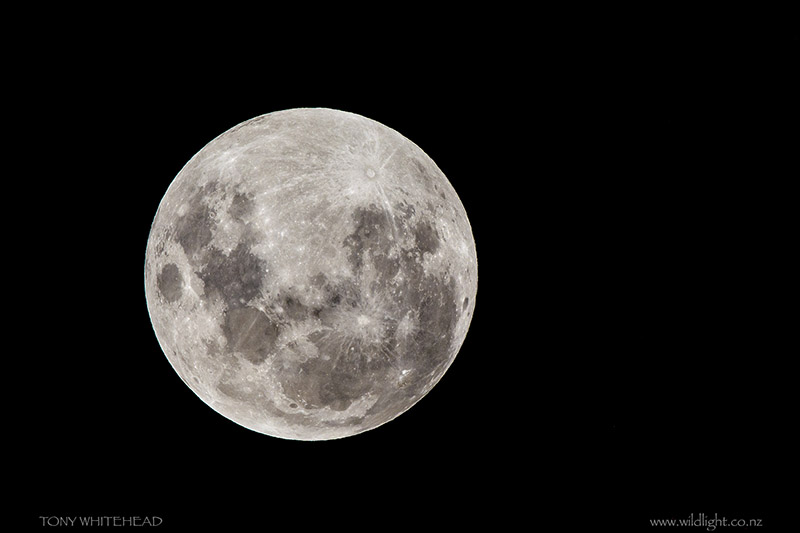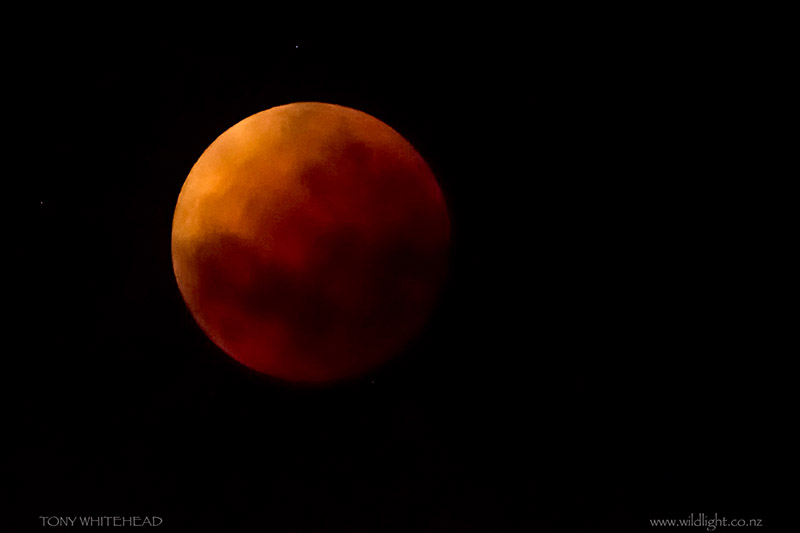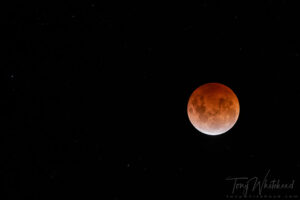
This last week saw a Super Blue Blood Moon that deprived me of a little sleep as 31 January 2018 rolled over to 1 February. This was well covered in the media but cloud unfortunately interfered with getting good photos from home. Before the eclipse began we had some decent views of the full moon but after a setting an alarm for 02h30 the clouds rolled in and I had all of a 5 second glimpse thorough a partial gap in the clouds to catch the reddish moon.

Breaking it down, the Super part is due to the Moon being at it’s closest to Earth in it’s elliptical orbit so appearing slightly larger and brighter. The near point of the elliptical orbit is known as the perigee and the moon appears 14% larger and 30% brighter than when at the most distant point of the ellipse (apogee) when the moon can be termed a mini moon. Neither the Super Moon or Mini Moon are official astronomical terms. The official astronomical term is perigee-syzygy of the Earth-Moon-Sun system when the 3 bodies are aligned in a straight line. The full moon on 2 January was a Super Moon and this one on 31st was almost as large. More info on Super Moons here.
The Blue component refers to a 2nd full moon in a calendar month and having had a full moon on 2 January 2018 this was the second full moon in the month. A Blue Moon was originally considered to be a 4th full moon in a season but has more recently come to denote a 2nd full moon in a calendar month.
The Blood Moon refers to the reddish colour that occurs at total lunar eclipse. The shadow of the earth falls onto the moon eliminating direct sunlight. As the sunlight passes through the Earth’s atmosphere, the blue wavelengths are scattered and the red continue on to illuminate the moon indirectly with a reddish glow. For more information see this link.
For some other moon related posts see;
Photos with Nikon D500, Nikon 500mm f4 (with 1.4x teleconvertor for full moon image). Sirui R4023L carbon fibre tripod with Really Right Stuff BH55 ball head and Wimberley Sidekick gimbal.

